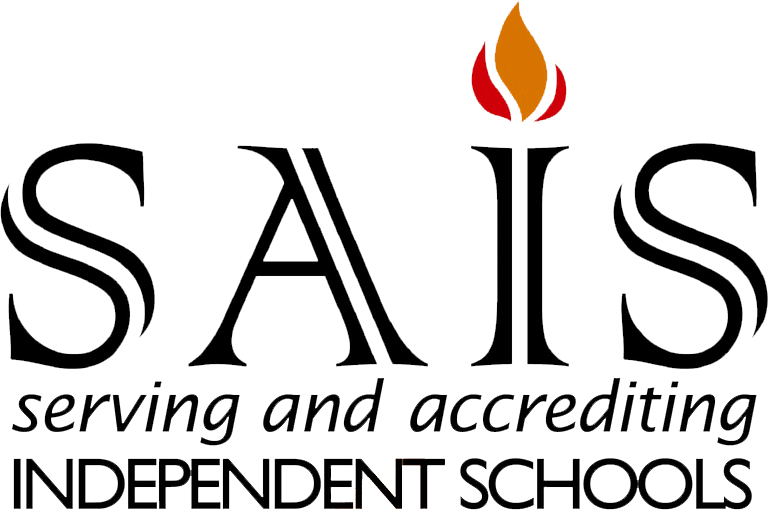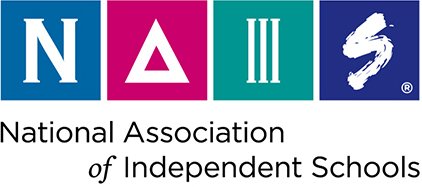Elementary School
In the elementary grades, the rhythm of the day is intentionally designed to meet the students’ natural development in each grade. This daily rhythm complements their academic learning and coincides with their evolving social and emotional awareness. The day begins with a song or mental math before the students settle into the Morning Lesson focused on particular topics such as measurement, Greek mythology, zoology, or poetry. Each three- or four-week block provides an in-depth study enriched through the arts. Students may recite, sculpt, or paint pieces related to the specific topic. The remainder of the weekly schedule is filled with movement, music, world languages, practical arts, and environmental studies, with attention given daily to reading, writing, and arithmetic.
Students in each class are guided by a class teacher who comes to know them deeply and authentically. Subject teachers enhance the curriculum with their subject proficiency and by sharing their passion with the students, forming bonds, working in multiple modalities, challenging competencies, and revealing student talents each step of the way. The carefully planned curriculum evokes inspiration for each child at every age, and the teacher-student dynamic creates stability and promotes confidence.
We invite you to explore each grade’s curriculum highlights below.
Main Lesson Blocks
Fairy tales from around the world
Nature study
Whole numbers, Roman numerals, four operations, mental math
Letters through stories
Tongue twisters
Poetry
Speech
Skills Class
Language Arts
Math
Foreign Language
Spanish and Mandarin: oral learning through poetry, stories, songs, crafts, and games
Practical and Fine Arts
Form drawing
Beeswax modeling
Watercolor painting
Drama
Knitting
Music
Pentatonic songs and folk songs with movement
Experiencing high/low, fast/slow, steady beat
Interval and pentatonic flutes
Introduction to lyre
Music listening
Movement
Large muscle and midline activities through games and group movement
Folk dancing
Educational gymnastics
Hand clapping games, circle games, ball games, and pursuit games
Skills introduced through stories and imaginative games
Main Lesson Blocks
Fables, folklore, saints and hero stories
Nature study
Number patterns, four operations
Poetry
Speech
Skills Class
Language Arts
Math
Foreign Language
Spanish and Mandarin: oral learning through poetry, stories, songs, crafts, and games
Practical and Fine Arts
Form drawing
Beeswax modeling
Watercolor painting
Drama
Crochet
Music
Pentatonic and folk songs with movement
Game songs
Pentatonic flute
Naming high/low, fast/slow, steady beat
Introduction to unpitched percussion
Lyre
Music listening
Movement
Large muscle and midline activities
Developing directionality and spatial awareness
Folk dancing
Educational gymnastics
Hand clapping games, group and circle games, ball games
Skills introduced through stories and imaginative games
Main Lesson Blocks
Hebrew stories
Native tales
Nature studies
Reading
Grammar
Shelters
Gardening
Poetry
Speech
Four operations
Long division
Time
Measurement
Prime numbers
Carrying and borrowing
Cursive
Skills Class
Language Arts
Math
Foreign Language
- Spanish: introduction to simple vocabulary
- Mandarin
Exposure to Hebrew
Practical and Fine Arts
Form drawing
Beeswax modeling
Watercolor painting
Drama
Embroidery
Weaving
Spinning
Music
Singing with movement, games, and dances
Beginning steps to singing in rounds: ostinato, call and response, bordun, rounds
Reading music begins in pictorial form
Introduce long and short sounds as beginning of rhythmic reading
Soprano recorder
Orff instruments
Music listening
Strings
Violin, viola, or cello
Focus on form and technique
Ear and rhythm training
One-octave scales
Unison melodies that may have a bass line
Simple rounds
Folk songs, traditional Hebrew songs, seasonal music
Movement
Developing hand-eye coordination and spatial awareness
Folk dancing
Educational gymnastics
Ball skills, group and pursuit games
Skills introduced through stories and imaginative games
Main Lesson Blocks
Tennessee history
Norse mythology
Tennessee geography
Mapmaking
Reading
Grammar
Zoology
Fractions
Prime numbers
Word problems
Averages
Factoring
Poetry
Skills Class
Language Arts
Math
Foreign Language
Spanish: simple grammar, reading and writing, dictations
Mandarin
Exposure to Norse runes
Practical and Fine Arts
Form drawing
Beeswax modeling
Watercolor painting
Drama
Cross-stitch
Woodwork
Music
Singing rounds and canons
Note reading continued
Learning note values in relation to fractions
Orff instruments–learning full accompaniments for songs
Soprano recorder work continued
Music listening
Strings
- Violin, viola, or cello
- Continued focus on form and technique
- Continued ear and rhythm training
- One- and some two-octave scales
- Learning expressive playing techniques and the use of dynamics
- Introduction to composing a simple melody
- Introduction to note reading and fingering
- Simple rounds and two- and three-part music
- Folk songs, music with heroic themes, and seasonal music
Movement
Strengthening whole-body movement awareness and spatial awareness
Ball games, pursuit games emphasizing cooperation and sportsmanship, beginning focus on strategy
Folk dancing
Orienteering
Main Lesson Blocks
Ancient civilizations
Greek mythology/history
North American geography
Botany
Decimals / metric system
Skills Class
Language Arts
Math
Foreign Language
Spanish: simple text, syntax, short conversations
Mandarin
Exposure to Sanskrit and Greek
Practical and Fine Arts
Geometric drawing
Watercolor painting
Drama
Knitting socks
Woodwork
Clay modeling
Music
Moving to simple two- and three-part singing
Learning about ancient modes in music along with major and minor scales
Orff instruments—creating own arrangements for songs
Soprano and alto recorder
Music listening
Strings
- Violin, viola, or cello
- Focus on note and rhythm reading proficiency
One- and two-octave scales
Continuation of learning expressive playing techniques and the use of dynamics
Composing pentatonic and diatonic melodies
Introduction to conducting
Simple and advanced rounds and mostly three-part music of classical, folk, and seasonal genres
Movement
Greek sports building to a pentathlon (running, jumping, javelin, discus, wrestling)
Folk dancing
Ball games, net games, team games
Beginning focus on individual form and metrics




